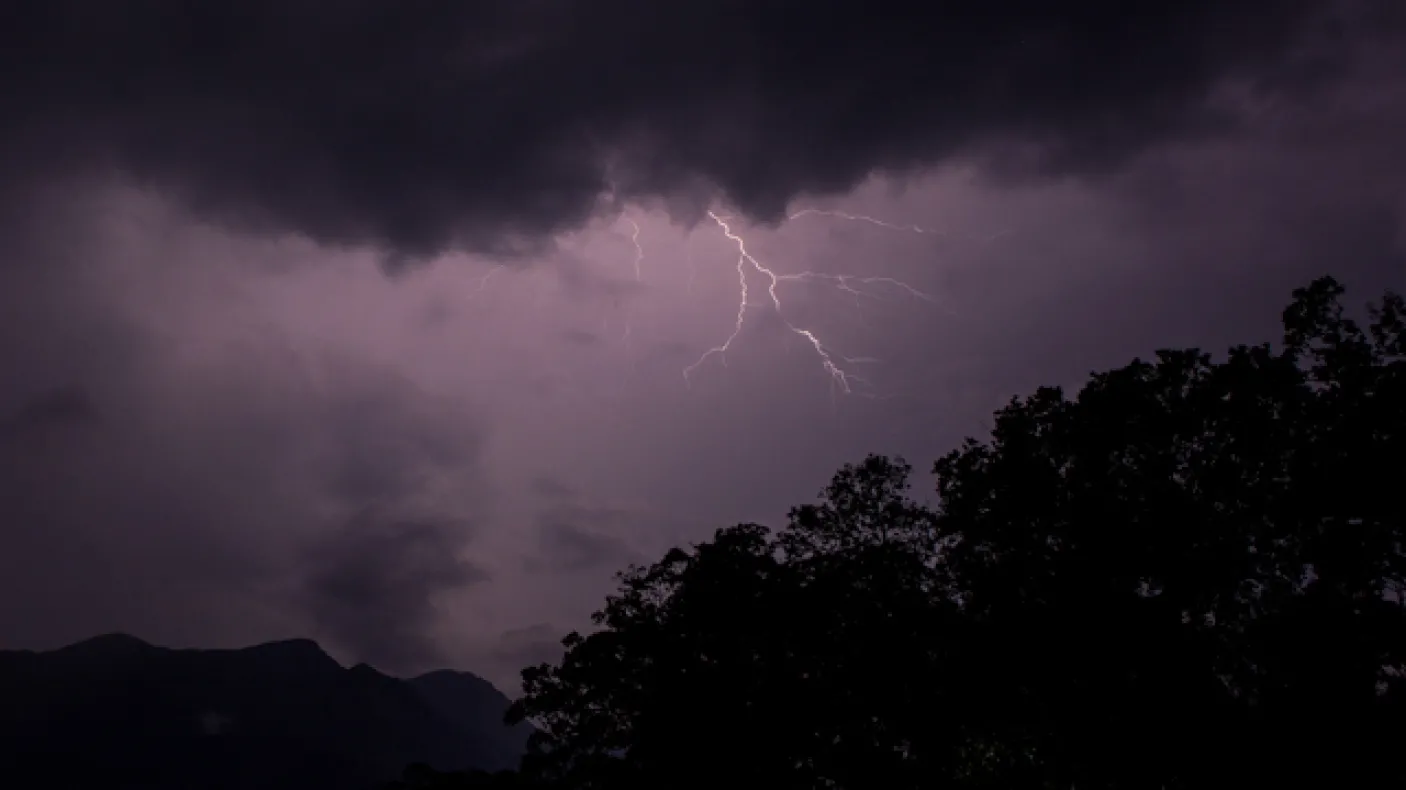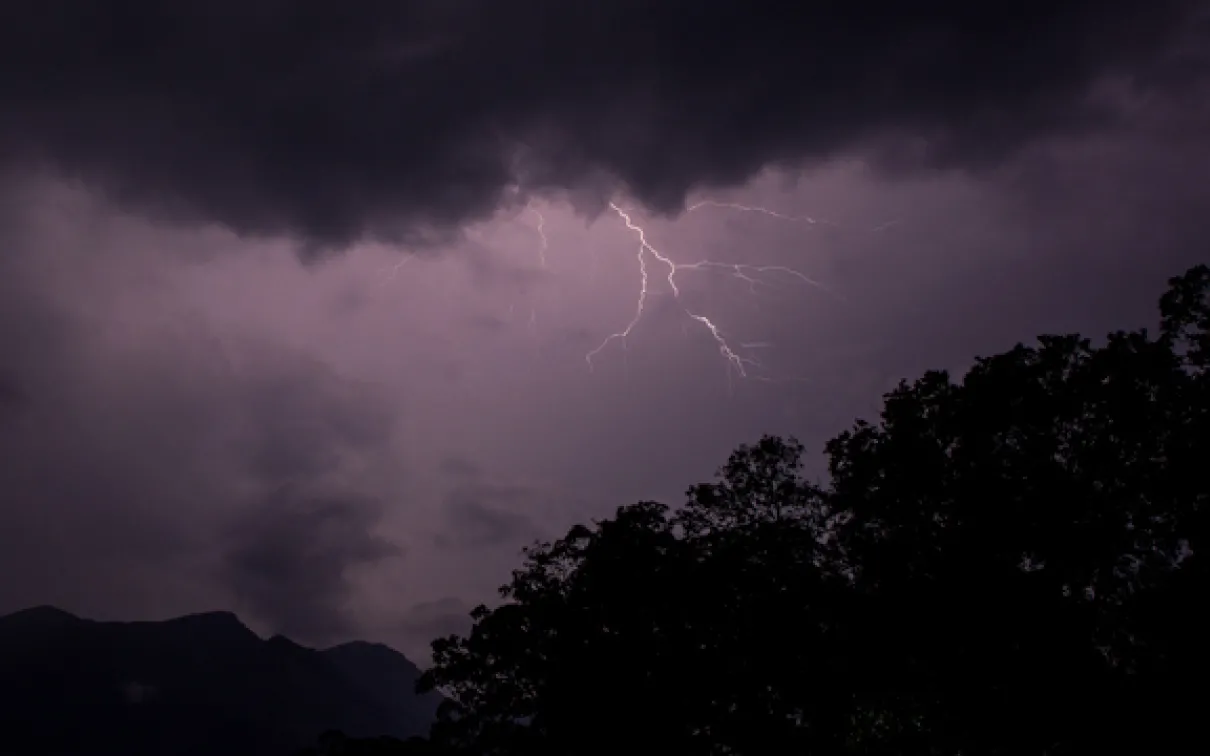Wildlife Photography: Behind the Camera
Published
Categories
Author
Blog Post
Guest Blog written by Environmental Visual Communication students Aisha Parkhill-Goyette and Jeff Dickie
Imagine you are deep in the jungle of Sri Lanka. You find yourself blinded by the pouring rain, knee deep in a rushing river, desperately trying not to fall in. Lightning strikes only meters away, but instead you are worried about the small tickle by your left elbow, and you are hoping that it is not one of the dozens of land leeches that keep falling onto you from the trees above. Imagine making your way into the darkness of a cavern, walls and floor wet and slippery, face covered by a mask to protect you from the stench of guano, because this cavern is home to hundreds upon hundreds of bats. Imagine shining your torchlight, peering into the distance and seeing a wall of eyes staring back at you.
Not everyone has what it takes to be a wildlife photographer. It takes a special kind of dedication and a special kind of person - someone who is just as wild as the creatures they are trying to capture on camera. You have to exhaustively research your animals, their habitat, their range and their behaviour in order to get that perfect shot. You have to travel far, sometimes trekking to remote locations, only to stay still in one place for hours at a time. You have to get up early or stay up late and always be ready for the elements. Wildlife photography is a fiercely competitive field - it takes a lot of dedication and hard work, but it is also incredibly exciting.
We recently had the chance to speak to Deirdre Leowinata and Vincent Luk, up and coming wildlife photographers, and graduates of the Environmental Visual Communication graduate certificate program that is offered by Fleming College and located at the ROM. They shared with us a few of their adventures, their stories and their lessons learned while on a research expedition with ROM mammalogist Burtom Lim this past fall.
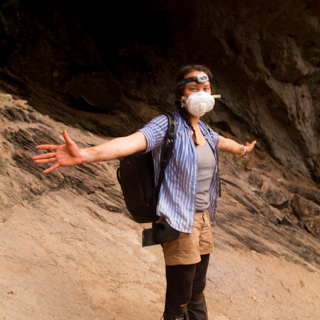
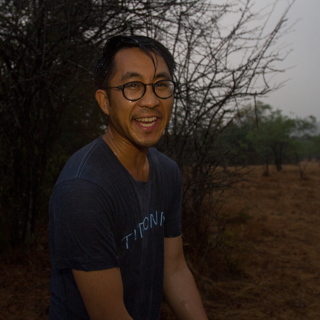
As a wildlife photographer, you have to be ready for just about anything once you are out in the field. On the very first night, Deirdre, Vincent and Burton had to brave a heavy monsoon rain. The following days brought on adventures only the hardiest of wildlife photographers would embrace: hungry terrestrial leeches falling from the trees, a venomous saw scaled viper that slithered across the trail in front of them, bat caves that smelled of guano so strongly they could barely breathe, wearing face masks in the caves because the dust from bat guano can be hazardous if inhaled, and a trek on foot across a deep rushing rapid. To say that it takes a certain type of person to be a wildlife photographer is an understatement – it takes a kind of tenacity that most people simply don’t possess.
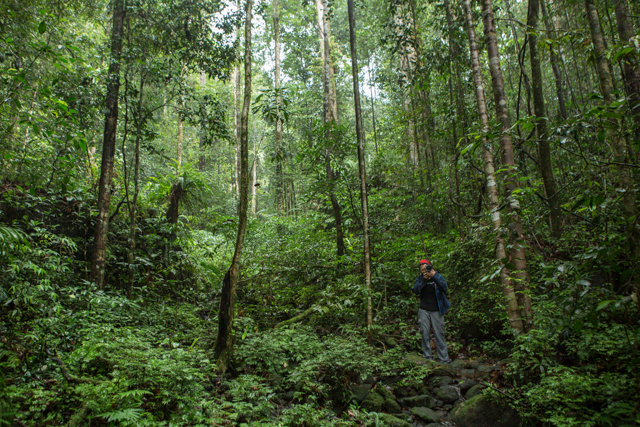
If you want to be a wildlife photographer, you also need to know your own equipment. There is nothing worse than getting out there and not knowing the advantages or the limitations of your gear. Which lens works best for which type of animal you are trying to photograph? Should you use a wide angle lens or macro lens? What kind of zoom lens will you be needing? Should you use a or no flash?
You never know what kind of situation will arise when you are out in the field, and you don’t want to be fiddling with your settings when it comes time to shoot. So, like the boyscout motto — be prepared! Vincent, while on assignment in Sri Lanka with Burton Lim, was able to successfully get pictures of bats by using a wide-angle lens, to compensate for their speed and erratic flying patterns and increase the chances of catching them in action.
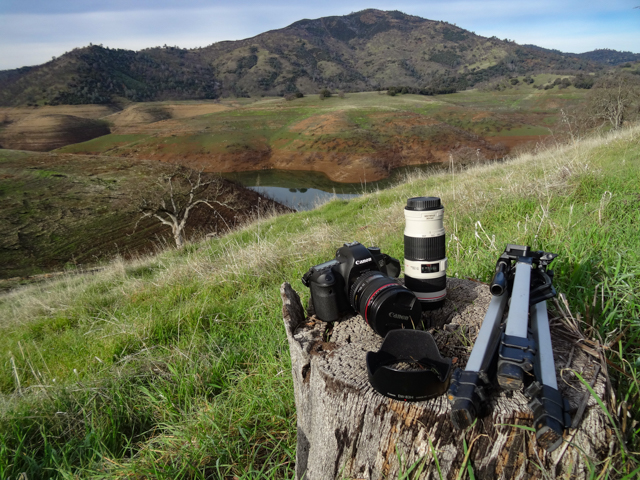
Another important aspect of wildlife photography is doing your research. The more time you spend researching your subject, the better you can predict their behaviour and the better chances you have of getting that perfect shot. Vincent and Deirdre made a point to research bats before travelling to Sri Lanka with the ROM’s Assistant Curator of Mammalogy, Dr. Burton Lim. Not only where they able to identify the bats they photographed, it also helped lead to the discovery of a new record for Sri Lanka, the Egyptian fruit bat (Rousettus aegyptiacus). See The ROMs Very Own Batman Returns blog post to learn more.
To succeed as any type of photographer, but especially while working as a wildlife photographer, you really need to be just as good with people as you are with animals. If you are travelling to another country, then you must be able to respect local knowledge, to communicate with and learn from the locals. Their advice is invaluable, especially to your own safety, and their help can make the difference between going back home with nothing and getting that perfect shot.
Finally, another important thing to keep in mind is that wildlife photographers spend hours just sitting and waiting. This can be a good opportunity to practice technique, or a great opportunity to have some fun. After all the equipment was set up, in the hours of dusk waiting for the bats to come out, Burton Lim, Deirdre, Vincent played with flashlights and long exposure shots. Even the local guides and community members got involved. Together, they created some pretty memorable moments caught on camera.
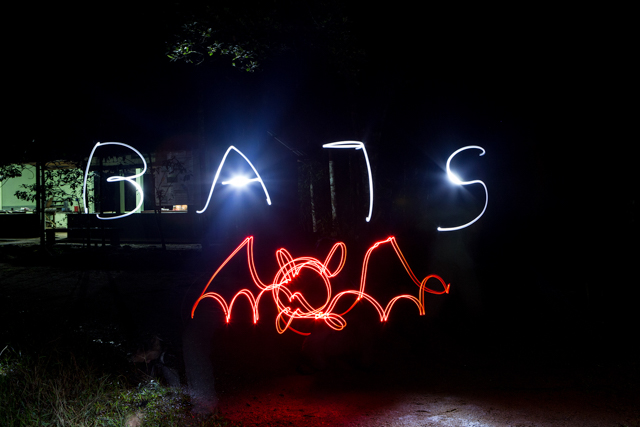
If you are truly serious about succeeding in the field, then you need to know that no matter how wet, tired and cold you are by the time you get home, your work is not over. Sitting in front of the computer examining and editing photographs may not seem like the most glamorous part of the job, but it is important. This is also the best time to monitor your progress, celebrate the successes and learn from your failures. It is also when you decide which stories you want to share, will you include the story behind the picture or will you leave it open to interpretation?
Vincent said it best when he explained that “photographs have the ability to transport any audience to the eyes of the photographer”, because even if they don’t interpret the picture exactly in the same way, “they feel like they are transported to that location”. Thousands of followers on twitter woke up everyday looking forward to seeing Deirdre and Vincent’s pictures and reading their updates. They felt like a little part of them was in Sri Lanka, following them on their adventures.
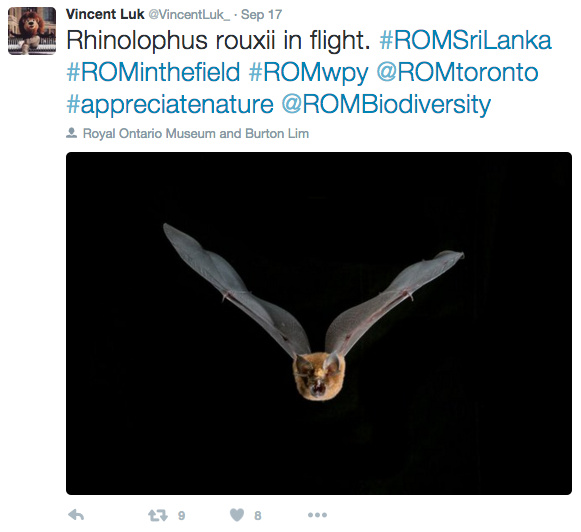
And that is one of the greatest things about wildlife photography: photographs do not simply tell a story, they invite the audience to become a part of the adventure.
